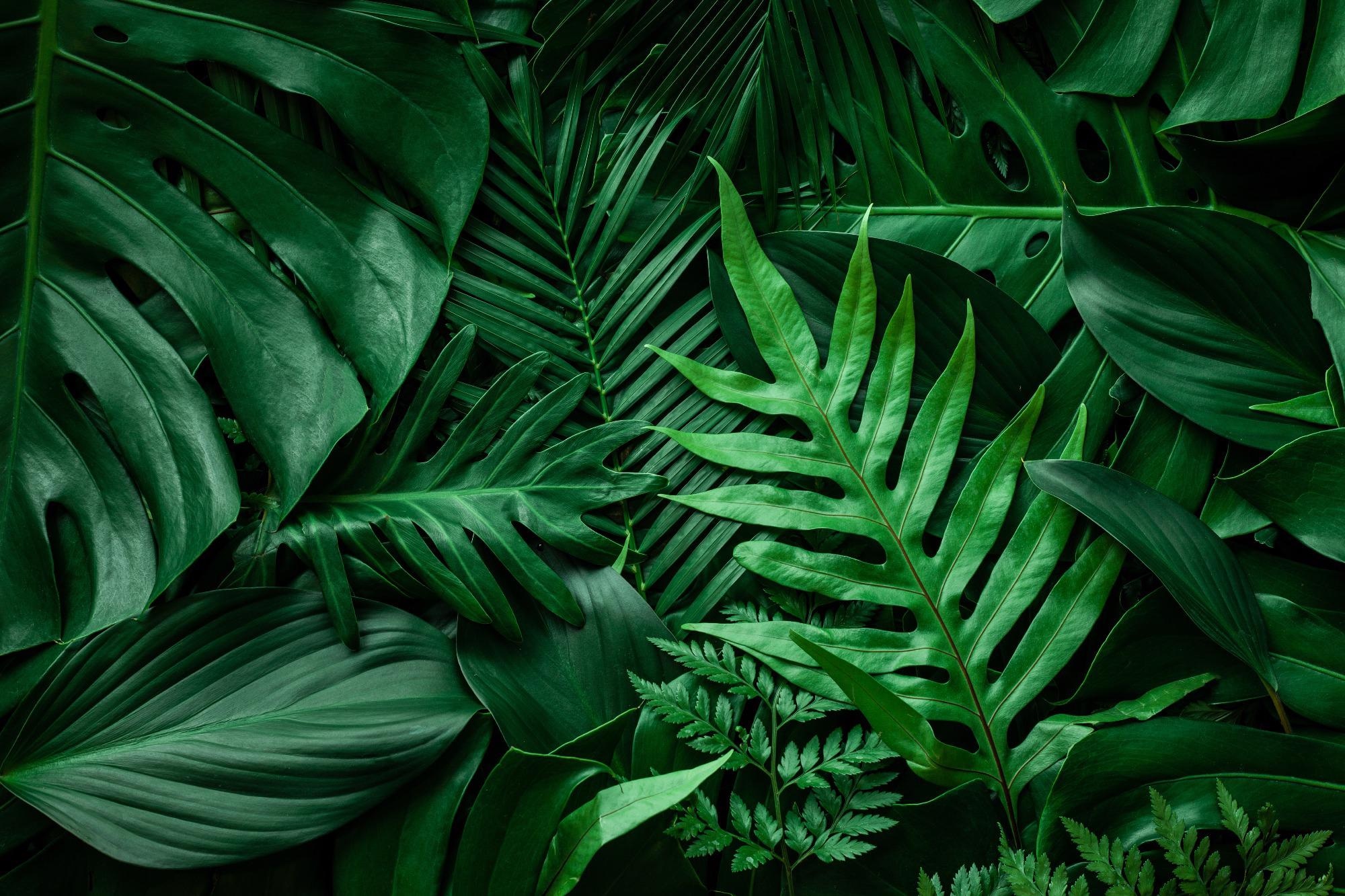
Image Credit: Shutterstock.com/NABODIN
The technology sends data wirelessly via a smartphone app, enabling remote drought control in gardens and crops. The plant wearables may be seen in action in the video.
More advanced wearable devices go beyond basic step counts. With electrodes on the skin, certain smartwatches now detect the electrical activity of the wearer’s heart. Physicians can monitor and analyze their patients’ health from afar since many technologies can wirelessly transfer the data they collect.
Plant-wearable devices might also help farmers and gardeners check their plants’ health from afar, including leaf water content — a critical indicator of metabolism and drought stress.
Researchers have previously constructed metal electrodes for this function, but the electrodes had trouble remaining connected, reducing the data’s accuracy. Renato Lima and colleagues intended to find an electrode design that was both dependable and stayed in place for long-term monitoring of plant water stress.
The researchers constructed two types of electrodes: one composed of nickel placed in a narrow, squiggly pattern and the other made of partly burned paper covered with a waxy film. When the researchers used transparent adhesive tape to secure both electrodes to detached soybean leaves, the nickel-based electrodes functioned better, providing larger signals as the leaves dry.
The metal ones also stuck better in the wind, which was probably due to the metallic film’s thin squiggly design, which enabled more of the tape to interface with the leaf surface. The researchers then used the metal electrodes to make a plant-wearable device that researchers linked to a plant in a greenhouse.
The device wirelessly transmitted data to a smartphone app and a website, where a basic, quick machine learning technique effectively transformed the data into the percent of water content lost. According to the researchers, measuring water content on leaves can offer information on insect and toxic agent exposure indirectly.
Researchers want to test the devices in outdoor gardens and crops to identify when plants need to be watered, potentially conserving resources and boosting yields because the plant-wearable device delivers reliable data indoors.
The authors thank the São Paulo Research Foundation and the Brazilian Synchrotron Light Laboratory for their assistance.
On a patent filing application for the technique, two of the study’s authors are identified.
A New Wearable Technology — For Plants | Headline Science
This plant is modeling the latest wearable sensor (right) to monitor water loss from leaves with a smartphone app (left). Video Credit: American Chemical Society.
Journal Reference:
Barbosa, J. A., et al. (2022) Biocompatible Wearable Electrodes on Leaves toward the On-Site Monitoring of Water Loss from Plants. ACS Applied Materials & Interfaces. doi.org/10.1021/acsami.2c02943.